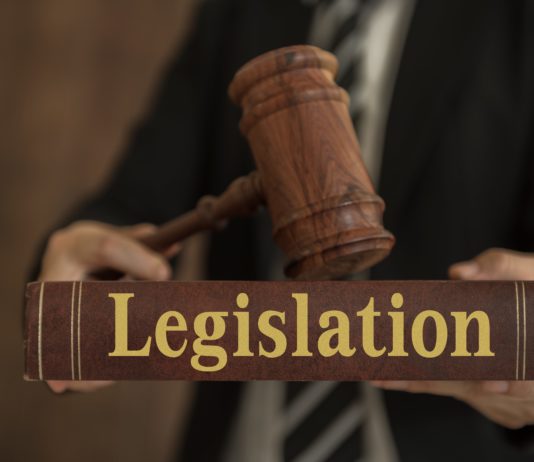New instrument on how to make valid application for subclass 494
"The instrument operates to specify the requirements for making an application for a Subclass 494 visa. For the purposes of subitem 1242(1) of Schedule 1 to the Regulations, the instrument specifies the approved form for making a valid application. For the purposes of paragraph 1242(3)(a) of Schedule 1 to the Regulations, the instrument also specifies the manner in which an application must be made".
New instrument specifies Regional Certifying Bodies
"The instrument specifies bodies as Regional Certifying Bodies, who can give advice to the Minister about the matters set out in subregulation 2.72C(18) of the Regulations, in relation to applications for approval of an nomination for a subclass 494 (Skilled Employer Sponsored Regional (Provisional)) visa".
Postcodes specified for regional areas
The new legislative instrument specifies the postcodes that constitute "regional areas" for the purposes of the new regional visas and subclasses 189, 190, 888 and 892
New instrument on subclasses 407, 457, 482 & 494
The new legislative instrument specifies the forms and fees for the purposes of: an application for approval as a standard business sponsor or a temporary activities sponsor, or to vary a term of approval as a temporary activities sponsor; a nomination of an occupation in relation to a subclass 457, 482 (TSS) or 494 (new regional visa). It also specifies: the circumstances in which a sponsorship application or nomination can be made in a different way, the different way, and the approved form; and the process for nomination of a program of occupational training for a Subclass 407 (Training) visa.
Incorrect information relating to previous visas
It is common sense that the cancellation power under s 109 of the Migration Act 1958 (Cth) can be used where a visa holder gave incorrect information for the purposes of the application for the visa currently held. But can a person's visa be cancelled under s 109 by reason of the giving of incorrect information for the purposes of an application for a visa previously held?
TSS: simplifying salary requirements
Generally, salary requirements for a TSS nomination have 3 limbs: 1) annual market salary rate (AMSR), excluding non-monetary benefits, must be at least $53,900; 2) nominee's annual earnings must be at least the AMSR. 3) annual earnings, excluding non-monetary benefits, must be at least $53,900. But if annual earnings are at least the AMSR (limb 2) and the AMSR, excluding non-monetary benefit, is at least $53,900 (limb 1), is it not the case that the annual earnings, excluding non-monetary benefits, will necessarily be at least $53,900, thus rendering limb 3 redundant? Not really, as we explain.
New legislative instrument on various visas
The new legislative instrument: increases the VAC for some visas; expands the group benefitting from transitional arrangements related to the closure of subclass 187; adds one of the new regional visas to the visas for which, unless there are compelling and compassionate circumstances, the Minister must be satisfied that an applicant claiming to be in a de facto relationship has been in that relationship for at least 12 months at time of application; ensures that eligible family members can join an application for one of the new regional visas after it is made and before it is decided.
Work & holiday: from 500 to 2,000 places for a particular country
On 4 Nov 2019, the federal government announced it will increase the number of annual places available under the Work & Holiday visa program from 500 to 2,000 for a particular country.
Global Talent Program launched
"Under the new program, highly skilled migrants in selected industries will receive a fasttracked process to permanent residency in Australia. Applicants will have a dedicated Home Affairs contact to guide them through the process, and applications will receive the highest priority processing. Applicants will be eligible for permanent residency if they are likely to earn more than ..."
Pregnant & overseas while waiting for PR
There are cases where a person applies for a PR visa while overseas and becomes pregnant before grant. In some of those cases, the applicant is determined to give birth overseas in order to obtain family support and the baby will not become an Australian citizen by birth. Further, the mother runs the risk of the baby being born without a visa and having to apply for a costly and lengthy child visa. We explain how practitioners can minimise that risk.





















